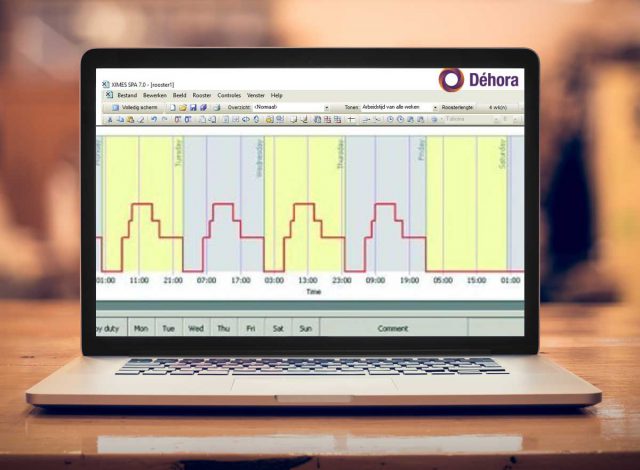Designing the right shift set for your roster
What type of shifts would be the best match for the workload within my organisation? Experience shows that many planners and planning managers have a difficult time making the right choice. You want to keep overcapacity to a minimum, but you also want to have enough workers on hand to handle any big orders that come in.

What can the Operating Hours Assistant© do for you?
The Operating Hours Assistant© (OPA) is a software package that automatically generates a set of shifts that match the work that needs to be done. You can use this software package to quickly answer complex questions about the best operating hours for the expected workload and the available workforce capacity. The application is ideal for capacity planners, senior workforce planners, or planning managers.
How does the OPA work in practice?

XIMES has been successfully developing software for working time management for many years. XIMES has used its know-how and experience to create various specialised products. Déhora is the implementation partner of XIMES for this planning software.
The OPA enables you to analyse the current situation of your organisation, and then to calculate the optimal match between the required operating hours and the working hours of the workforce. It then automatically generates the optimal shift pattern for the required workforce capacity. In accordance with modern organisational requirements, the OPA not only takes into account quantitative factors (e.g., work times and holidays), but also qualitative factors (e.g., skills and training). The new model can be validated at regular intervals, and changes made if necessary.
A complementary product is the Shift Plan Assistant© (SPA), which can be used to design revolving shift rosters.
What are the benefits of the OPA?
By using the OPA, you will be able to quickly answer complex questions in the field of workforce planning:
- What is the best way to organise the workforce if we change the operating hours (e.g., because of new opening hours, production times, or operational processes)?
- Will we need to adjust the operating hours if the expected workload changes?
- How can our organisation adapt more flexibly to seasonal trends by introducing variable work times?
- How can we get a better grip on short-term gaps in the workforce, for example due to sickness or special leave?
- What is most efficient way to organise our workforce taking into account the different skills that are needed at any one time?
- How can we simplify complex shift planning due to the increase in part-time contracts?
The practical advantages of the OPA are:
- An optimal alignment between the workforce capacity and the operational workload.
- A user-friendly planning application that gives you real-time information about your staffing requirements in the event of any changes in contracts, operating hours, or expected workloads.
Would you like to know more?
Please do not hesitate to contact us to see what we can offer your organisation.